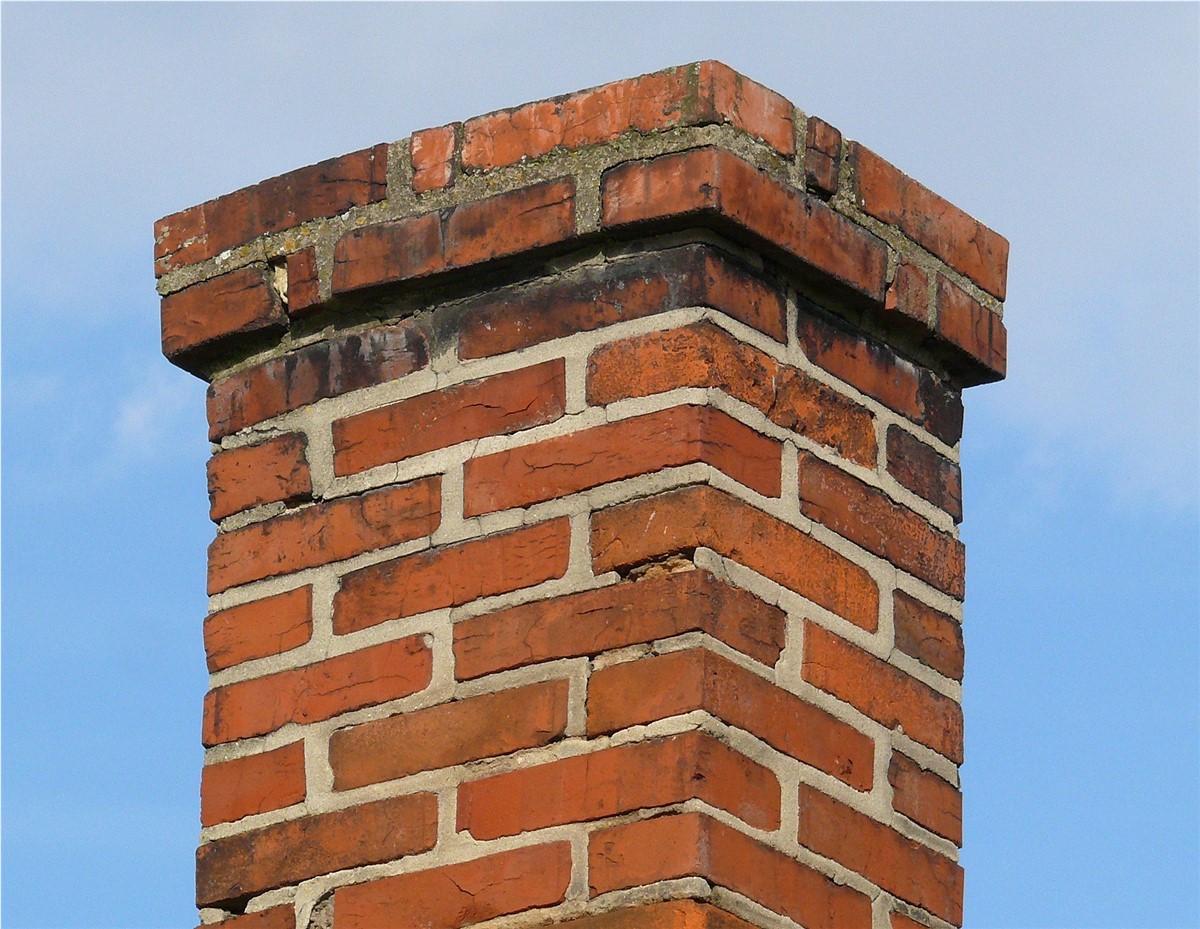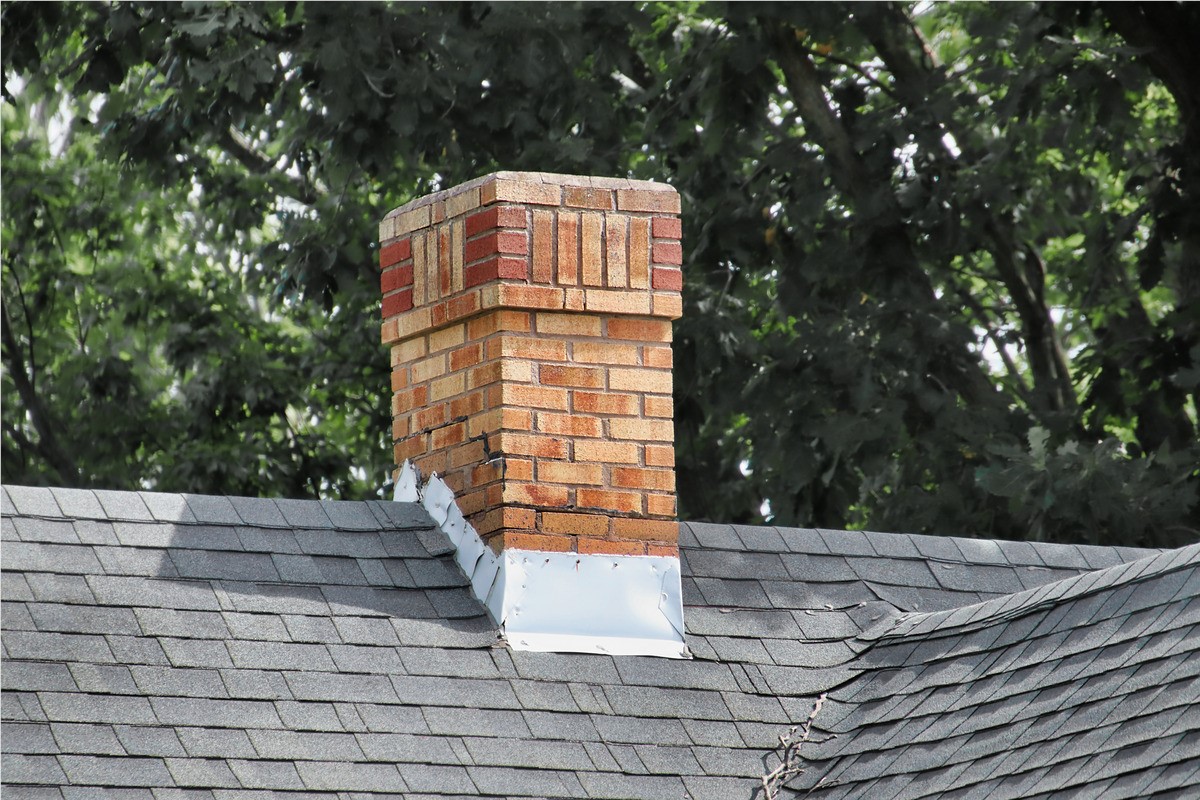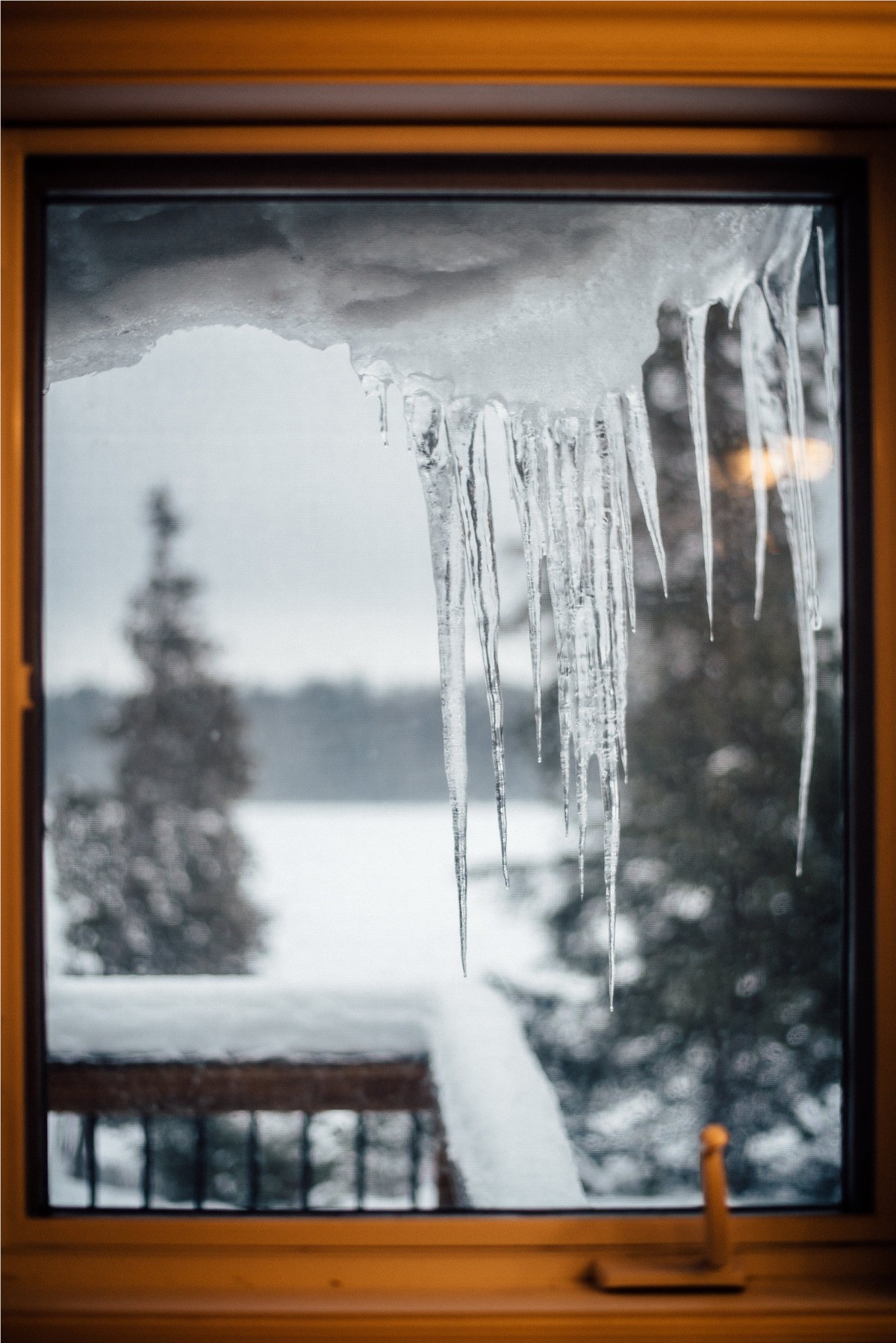
Spring showers are innocent enough until they uncover winter damage in the form of a chimney leak. Chimney leaks are a common occurrence, but it does not make them an enjoyable experience. Your chimney is exposed to ice, cold, heat, and rain, 365 days a year.
While your chimney is made from durable materials that are built to last, it does not mean that they do not need regular inspection or maintenance. In fact, the opposite is true. Much like your roof, getting ahead of potential issues is critical to the health of your chimney and your home.
In this article, the award-winning team at Shanco will walk you through what causes a chimney leak, what you should do about it, and how our team can help you repair it.
What Is a Chimney Leak?
A chimney has several parts that can wear out and create opportunities for moisture to enter your home. If you have a chimney leak, you may experience one of the following.
Water stains or on the walls near the chimney
A musty smell emanates from the fireplace. The musty odor may be more noticeable after a period of heavy rain.
Rain leaking inside of the chimney
Condensation forming on the inside of the chimney
Cracks form in the masonry. These cracks may be on the inside or outside of the chimney.
If you are finding these issues in your home, reach out to a professional quickly. Problems with moisture in and around your chimney will only lead to costlier and more severe problems.
Why Does My Chimney Leak in Heavy Rain?
Your chimney stands out from the roof and is exposed to water, wind, snow, ice, and heat throughout the year. A chimney can leak in several separate places that can wear down over time. Find a trusted roofer to service your chimney with regularity.
Some of the more usual places that a leak may occur in your chimney are as follows.
Chimney Flashing Leak
Your flashing is a critical component of preventing water from accessing your roof. Flashing can wear out over time or sustain damage and create a leak in your roof.
What is Chimney Flashing?
Chimney flashing is a thin piece of metal that gets installed at the point where your roof and chimney meet. The purpose of chimney flashing is to create a waterproof seal to prohibit water from entering your chimney and roof. The flashing will help direct water to your gutter system.
Flashing may wear out or rust over time. Additionally, caulking is applied to areas of flashing, and it may wear out or be damaged during a period of inclement weather. Finally, a chimney may settle over time and cause the caulking to separate from the chimney.
Damaged Chimney Caps Will Cause Leaks
The chimney cap is a protective cap that prevents water and animals from accessing your chimney. It additionally helps keep embers from exiting out of the chimney. The cap typically has metal mesh sides and a cap on top. If your cap is rusted through, bent, or cracked, there is a chance for water to enter the chimney.
Rusted Chimney Chase Cover
Your chase cover is a metal cover that rests on top of some chimneys. Since the chase cover is exposed to the elements, hail damage may dent a create a weak spot in the cover. Where there is a weak point, there is an opportunity for water to infiltrate your chimney. You will typically find a chase cover on chimneys that are surrounded by vinyl siding, aluminum, wood, or brick siding.
Damaged Chimney Crown
The chimney crown is the white part on top of your chimney. The chimney crown creates a watertight surface to stop water and moisture from getting inside the chimney. Over the course of time, the crown may develop cracks that will expand during the freeze/ thaw cycle.
Masonry Leaks
Stone is durable and porous. During a period of heavy rain, your stone may become saturated. Freeze/ thaw cycles can cause damage to a saturated chimney. How do you prevent saturation? Waterproofing your chimney will help stop water penetration. Additionally, your mortar may be weak and need to be tuck pointed. A typical mortar joint will last for 25-30 years under the best conditions.
Do All Chimneys Leak?
Chimney leaks are commonplace. What helps prevent chimney leaks is preventative maintenance to ensure that potential damage is headed off before it develops into a larger problem. Do not wait for a leak to happen. Regular inspections will help keep your home in tip-top condition.
What Do I Do If My Chimney Starts to Leak?
If the ceiling or wall near your chimney develops a wet spot or your masonry is wet, snap a picture. This way, your roofer can use that as a guide of a place to inspect. Your masonry may dry out before you are able to have an inspection. This way, you can show exactly where the moisture appeared.
Second, how severe is the leak? Start the clean-up process by using towels, buckets, or rags to remove the water. You may need to move furniture or rugs to prevent any water damage.
Lastly, call a roofing company to schedule a free consultation. Some roofers do chimney inspections. If it is outside of their wheelhouse, they will surely provide a reference to a chimney company that can accomplish your needs.
What Are the Causes of a Chimney Leak?
Chimneys are not just bricks stacked up with mortar in between them. There are parts that play a specific role to help preserve the material and keep your home comfortable. Caps, pans, and mortar all play a part in the chimney, and each can be the source of a leak.
Weather
Temperature fluctuations, rain, snow, and more will break down the hardiest of materials. With the variety of weather conditions that Shanco experiences throughout Washington, NOVA, and Richmond- a small crack can expand during the freeze/ thaw cycle.
Waterproofing
Waterproofing products have a shelf life and need to be reapplied every so often. Keep a reapplication schedule for waterproofing to prevent any saturation problems at bay.
Age
Chimneys will settle over time. This shift in settling may cause the flashing to separate. Any separation may create an opening for moisture to enter.
Can Woodpeckers Damage Your Chimney?
Woodpeckers may damage the wood around your chimney. Typically, they will not mess with masonry but can create openings around your chimney where water may enter.
How to Stop a Chimney Leak
The key to stopping a chimney leak is to reduce the chances of one starting through regular maintenance and inspection. Life can get in the way, and it may be easy to forget to schedule an inspection.
Waterproofing Your Chimney
Waterproofing your chimney has a couple of options, DIY, and professional applications. If your chimney is difficult to access, trust a professional. Additionally, some professional waterproof applications carry a warranty.
Chimney Crown Replacement
Your chimney crown will crack eventually. By scheduling a regular inspection, the condition of your chimney crown will be addressed.
Replacing Chimney Caps
Chimney caps extend off your chimney and can be easily damaged by wind or hail. A compromised cap will allow water to enter your chimney. Additionally, caps come in varied sizes and the size may not be correct for the size of your chimney. Talk to an expert about your cap and the proper sizing.
Replacing Chimney Flashing
Chimney flashing may need replacing over time. Shanco recommends that you entrust a professional because flashing replacement requires intricate cuts, and caulking, all while sitting high up on your roof.
Chimney Leak Repair in DMV, NOVA, and Richmond
Shanco has been serving the Washington DC metro area, NOVA, and Richmond for the past 20 + years. During that time, we've helped countless homeowners with their roof and chimney issues. Contact us for a free home consultation.
Tags
Subscribe to Shanco's Blog





Comments